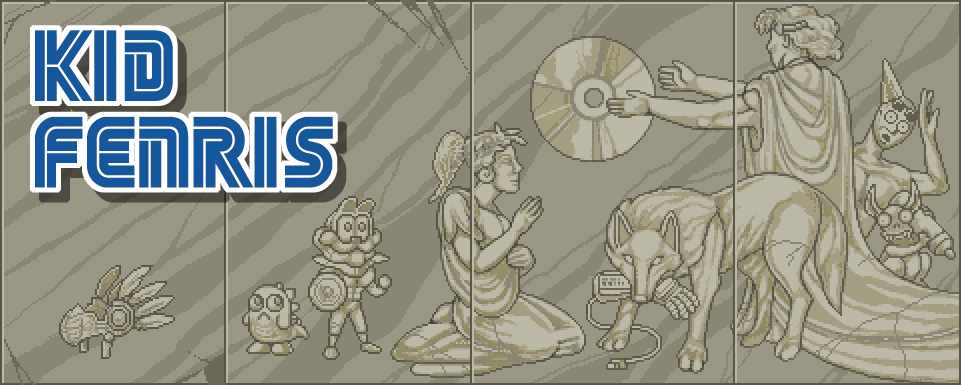
The cover hardly suggests an unappreciated landmark in animated cinema, yet Gulliver’s Travels Beyond the Moon is an intriguing study. On one hand, it’s a routine, unchallenging kids’ movie about a boy named Ricky who joins an elderly Gulliver and some animal friends (and a pompous toy soldier) for a trip to a far-off planet called the Star of Hope. There they meet a race of bizarre semi-humans and save a princess from robots gone mad. On the other hand, it’s a visually remarkable film. Toei was clearly aiming to establish their children’s fare as a success outside of Japan, and Gulliver’s Travels Beyond the Moon takes more inspiration from bleaker, stranger European animation than the Tezuka-derived imagery of its Japanese contemporaries. From its alien landscapes to the jagged, windup-toy inhabitants of the Star of Hope, the movie often has a haunting, surreal quality that clashes with the somewhat cartoonish heroes. Perhaps that’s why it didn’t win over too many kids.

The DVD release of Gulliver’s Travels Beyond the Moon slipped by many, but Let’s Anime took a detailed look at it, while one kind soul uploaded a few clips from the movie. Among them is the memorable montage of "Rise, Robots, Rise," which makes a sudden, nightmarish switch from smiling little Rocky and Bullwinkle automatons to an army of stovepipe-legged robot fascists stomping on human faces forever.

There’s another reason to check out Gulliver’s Travels Beyond the Moon: it was supposedly the first film truly influenced by a young Hayao Miyazaki, who’d go on to co-found Studio Ghibli and polish up anime’s public image worldwide (he’d also borrow the floating island of Laputa from Gulliver’s Travelers for his own Castle in the Sky). A possibly apocryphal story has it that Miyazaki, despite being a lowly and uncredited animator who'd worked on only one other Toei film, changed a climactic scene in Gulliver’s Travels Beyond the Moon. The original script painted the people of the Star of Hope as doll-like creatures cast out by their own mechanical creations, but Miyazaki wanted to take the idea further, and director Yoshio Kuroda let him animate a new ending.
Even if the tale of Miyazaki’s creative coup is a fabrication, it’s not hard to see his influence in this scene. There’s a jab at dehumanizing technology, of course, and the princess, upon reclaiming her true self, brings to mind Clarisse from Miyazaki’s The Castle of Cagliostro. They’re both pale, gentle spirits to be rescued and shepherded through their first independent steps, all quivering gazes and confused innocence.

This raises a troubling question or two. While Miyazaki never intended it, Clarisse is often viewed as the start of the moe fan base, that cuteness-fetishizing movement that’s currently ruining Japan’s anime industry by heaping praise and money upon mediocre shows about goo-goo-eyed cartoon preteens. Can we trace this odious cult back to the Star of Hope’s princess? Is every freakish, pedophile-courting modern moe series really the result of Gulliver’s Travels Beyond the Moon?

No, of course not. Gulliver’s Travels Beyond the Moon is just a creatively animated kids’ movie, an example of Toei’s early steps onto the cosmopolitan stage, and, perhaps, a look at Miyazaki’s first true professional creation. At this writing, Catcom’s DVD can be had only through a single seller on eBay. As you can see, the picture quality is crude, with “IMAGE CALIBRATION” even flickering on the screen five minutes into the film, but it’s unlikely that we’ll ever get another chance to own Gulliver’s Travels Beyond the Moon on DVD. For this scrap of history, it’s well worth the trouble.

Here's a better replacement!
ReplyDeletehttp://www.megaupload.com/?d=ND8QRS50